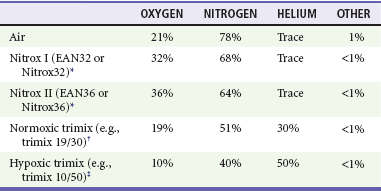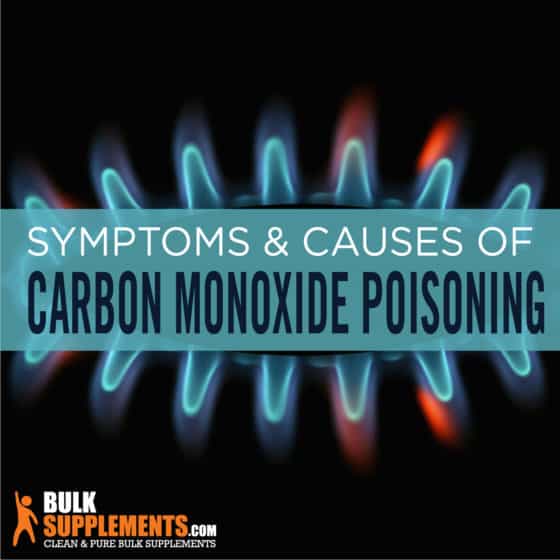
Let us assume that the PO 2 in the lungs is about 3000 mm Hg (4 atmospheres pressure). Note that in the normal range of alveolar PO 2 (below 120 mm Hg), almost none of the total oxygen in the blood is accounted for by dissolved oxygen, but as the oxygen pressure rises into the thousands of millimeters of mercury, a large portion of the total oxygen is then dissolved in the water of the blood, in addition to that bound with hemoglobin.įigure 44-2 Quantity of oxygen dissolved in the fluid of the blood and in combination with hemoglobin at very high PO 2s.Įffect of High Alveolar PO 2 on Tissue PO 2 Also depicted by the lowest curve in the figure is the volume of oxygen dissolved in the fluid of the blood at each PO 2 level. This is shown in Figure 44-2, which depicts the same oxygen-hemoglobin dissociation curve as that shown in Chapter 40 but with the alveolar PO 2 extended to more than 3000 mm Hg. When the PO 2 in the blood rises above 100 mm Hg, the amount of oxygen dissolved in the water of the blood increases markedly. That is, it dissolves in the fatty substances in neuronal membranes and, because of its physical effect on altering ionic conductance through the membranes, reduces neuronal excitability.Įffect of Very High PO 2 on Blood Oxygen Transport Nitrogen narcosis has characteristics similar to those of alcohol intoxication, and for this reason it has frequently been called “raptures of the depths.” The mechanism of the narcotic effect is believed to be the same as that of most other gas anesthetics.

Beyond 250 feet (8.5 atmospheres pressure), the diver usually becomes almost useless as a result of nitrogen narcosis if he or she remains at these depths too long.

At 200 to 250 feet, his or her strength wanes considerably, and the diver often becomes too clumsy to perform the work required. At 150 to 200 feet, the diver becomes drowsy. At this level the diver begins to exhibit joviality and to lose many of his or her cares. When the diver remains beneath the sea for an hour or more and is breathing compressed air, the depth at which the first symptoms of mild narcosis appear is about 120 feet. At sea-level pressure, the nitrogen has no significant effect on bodily function, but at high pressures it can cause varying degrees of narcosis. Nitrogen Narcosis at High Nitrogen PressuresĪbout four fifths of the air is nitrogen. The individual gases to which a diver is exposed when breathing air are nitrogen, oxygen, and carbon dioxide each of these at times can cause significant physiologic effects at high pressures. For instance, we might speak of an actual volume of 1 liter at a depth of 300 feet this is the same quantity of air as a sea-level volume of 10 liters.Įffect of High Partial Pressures of Individual Gases on the Body Many times in this chapter it is necessary to refer to actual volume versus sea-level volume. This is a principle of physics called Boyle’s law, which is extremely important in diving physiology because increased pressure can collapse the air chambers of the diver’s body, especially the lungs, and often causes serious damage. Thus, the volume to which a given quantity of gas is compressed is inversely proportional to the pressure. At 33 feet beneath the sea, where the pressure is 2 atmospheres, the volume has been compressed to only one-half liter, and at 8 atmospheres (233 feet) to one-eighth liter. The lower part of Figure 44-1 shows a bell jar at sea level containing 1 liter of air.

At 66 feet the pressure is 3 atmospheres, and so forth, in accord with the table in Figure 44-1.įigure 44-1 Effect of sea depth on pressure ( top table) and on gas volume ( bottom).Įffect of Sea Depth on the Volume of Gases-Boyle’s LawĪnother important effect of depth is compression of gases to smaller and smaller volumes. Therefore, a person 33 feet beneath the ocean surface is exposed to 2 atmospheres pressure, 1 atmosphere of pressure caused by the weight of the air above the water and the second atmosphere by the weight of the water itself. Beyond certain limits, these high pressures cause tremendous alterations in body physiology and can be lethal.Ī column of seawater 33 feet (10.1 meters) deep exerts the same pressure at its bottom as the pressure of the atmosphere above the sea. This exposes the blood in the lungs to extremely high alveolar gas pressure, a condition called hyperbarism. To keep the lungs from collapsing, air must be supplied at very high pressure to keep them inflated.

When human beings descend beneath the sea, the pressure around them increases tremendously. Guyton and Hall Textbook of Medical Physiology, 12th Ed CHAPTER 44 Physiology of Deep-Sea Diving and Other Hyperbaric Conditions


 0 kommentar(er)
0 kommentar(er)
